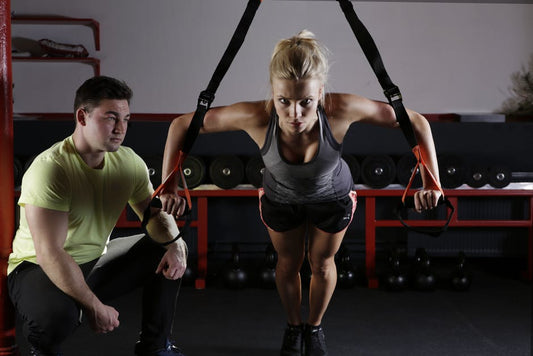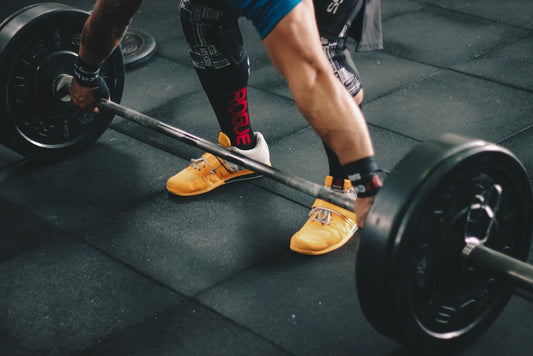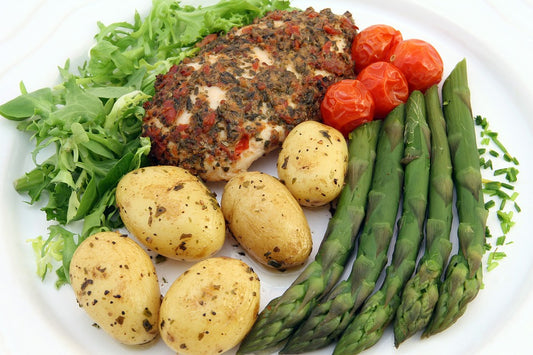CrossFit

Cross Training Workout: The Importance of Bench...
Many times, in the CrossFit gym, you will be instructed to workout up to a certain percentage of your one rep max for a given exercise. One of the problems...
Cross Training Workout: The Importance of Bench...
Many times, in the CrossFit gym, you will be instructed to workout up to a certain percentage of your one rep max for a given exercise. One of the problems...

Cross Training Diet : Top 3 Gym-Performance Enh...
Are you the kind of athlete who is serious about what goes into your body and the impact this has on your physique? If yes, then the chances are high that...
Cross Training Diet : Top 3 Gym-Performance Enh...
Are you the kind of athlete who is serious about what goes into your body and the impact this has on your physique? If yes, then the chances are high that...

Cross Training Diet: What to Eat to Pack on Size
Many athletes in the CrossFit gym acknowledge that adding mass is synonymous with moving the weight a lot easier. Furthermore, people who have packed on size look stronger. Resistance training...
Cross Training Diet: What to Eat to Pack on Size
Many athletes in the CrossFit gym acknowledge that adding mass is synonymous with moving the weight a lot easier. Furthermore, people who have packed on size look stronger. Resistance training...
Key Olympic Weightlifting Questions Addressed i...
As a beginner lifter or any other CrossFit enthusiast, you may be having some questions you want to be answered in weightlifting. If there is one area in CrossFit training...
Key Olympic Weightlifting Questions Addressed i...
As a beginner lifter or any other CrossFit enthusiast, you may be having some questions you want to be answered in weightlifting. If there is one area in CrossFit training...

Cross Training Apps to Help You Track Your Work...
These days, you can hardly interact with something before coming across an App that can exactly do the same. CrossFit training has also not been left behind in this, and...
Cross Training Apps to Help You Track Your Work...
These days, you can hardly interact with something before coming across an App that can exactly do the same. CrossFit training has also not been left behind in this, and...

Cooling Down & Why It is Important after Your C...
It’s quite simple to dismiss the cool down after your lifting and to stretch as a complete waste of time. However, you should know that cooling down is a recommended...
Cooling Down & Why It is Important after Your C...
It’s quite simple to dismiss the cool down after your lifting and to stretch as a complete waste of time. However, you should know that cooling down is a recommended...


